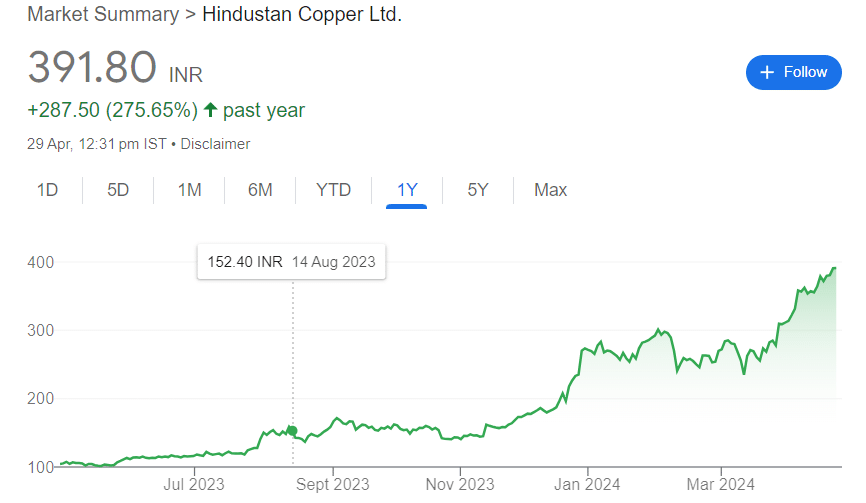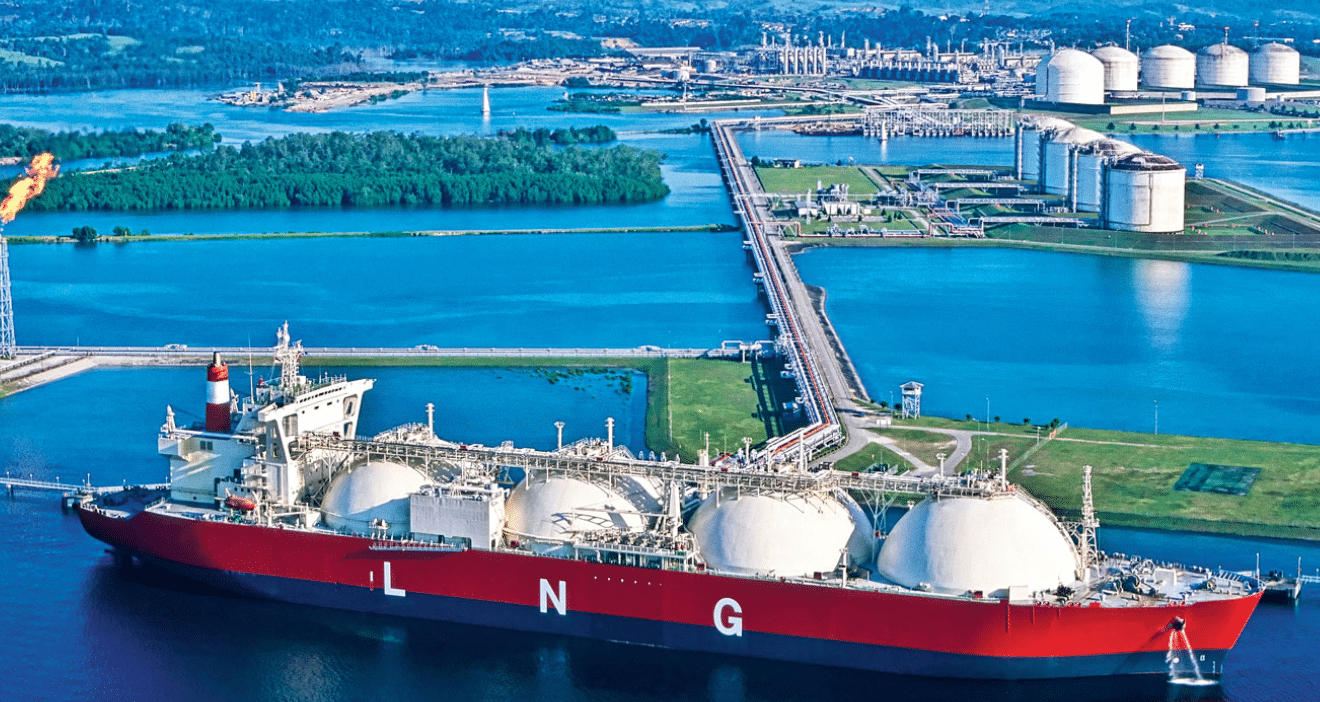Emission Monitoring Systems: Emission Monitoring Systems: A crucial ally in industries’ fight against air pollution, ensuring compliance, sustainability, and environmental stewardship.
also read European Gas Price: 7 Reasons Behind the Steep Fall in LNG Prices in Europe
Introduction: Emission Monitoring Systems
In the relentless pursuit of environmental sustainability, industries worldwide are increasingly turning to advanced technological solutions to curb air pollution. Among these vital tools is the Emission Monitoring System (EMS), a sophisticated array of sensors, analyzers, and data acquisition components designed to continuously monitor and analyze pollutant emissions from various industrial processes, power plants, transportation, and other sources.
The latest research report by USD Analytics sheds light on the pivotal role played by EMS in combatting air pollution in industries. With a blend of qualitative and quantitative market data gathered from primary and secondary sources, the report underscores the significance of EMS in environmental compliance, regulatory reporting, and pollution control efforts.
At the heart of EMS lie its capabilities to monitor a wide range of pollutants, including sulfur dioxide (SO2), nitrogen oxides (NOx), carbon monoxide (CO), volatile organic compounds (VOCs), and particulate matter (PM). By providing real-time data on emission levels, EMS enables industries to identify sources of pollution promptly and implement corrective actions to mitigate their environmental impact.
Moreover, EMS supports sustainability initiatives by promoting energy efficiency, optimizing process operations, and reducing greenhouse gas emissions. Through advancements in sensor technology, data analytics, and remote monitoring capabilities, EMS continues to evolve, offering enhanced capabilities for monitoring and managing air pollution in industrial and urban environments.
Key to the effectiveness of EMS is its contribution to regulatory compliance and environmental stewardship. By facilitating adherence to stringent environmental regulations, EMS helps industries minimize their ecological footprint while fostering a culture of responsible corporate citizenship.
The projected growth rate of EMS, estimated at 11.1% CAGR over the forecast period from 2024 to 2032, underscores the increasing recognition of its indispensable role in addressing air pollution challenges. As industries strive for sustainable development, EMS emerges as a cornerstone technology in the quest for cleaner air and a healthier planet.
Conclusion: Emission Monitoring Systems
In conclusion, the role of Emission Monitoring Systems in mitigating industrial air pollution cannot be overstated. From regulatory compliance to sustainability initiatives, EMS serves as a vital tool for industries committed to reducing their environmental impact and safeguarding the planet for future generations. As advancements in technology continue to drive innovation in EMS, its significance in combating air pollution will only grow stronger in the years to come.
also read: Emission Monitoring Systems Market is Expanding Rapidly with Promising Growth Prospects











1 thought on “The Vital Role of Emission Monitoring Systems in Mitigating Industrial Air Pollution”
Comments are closed.